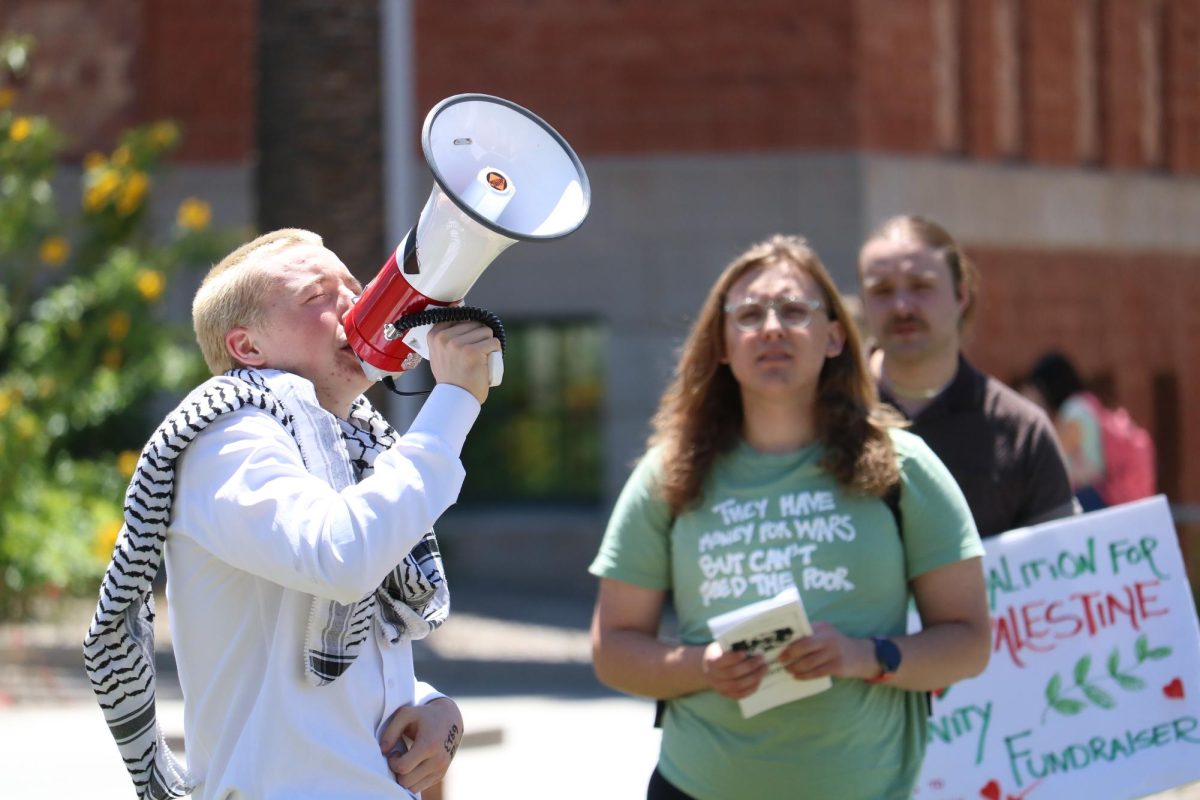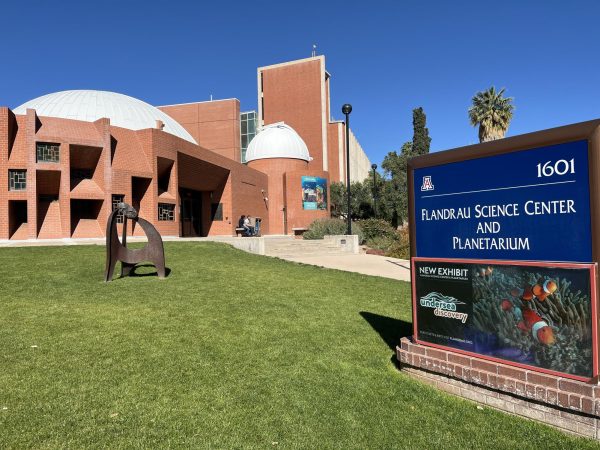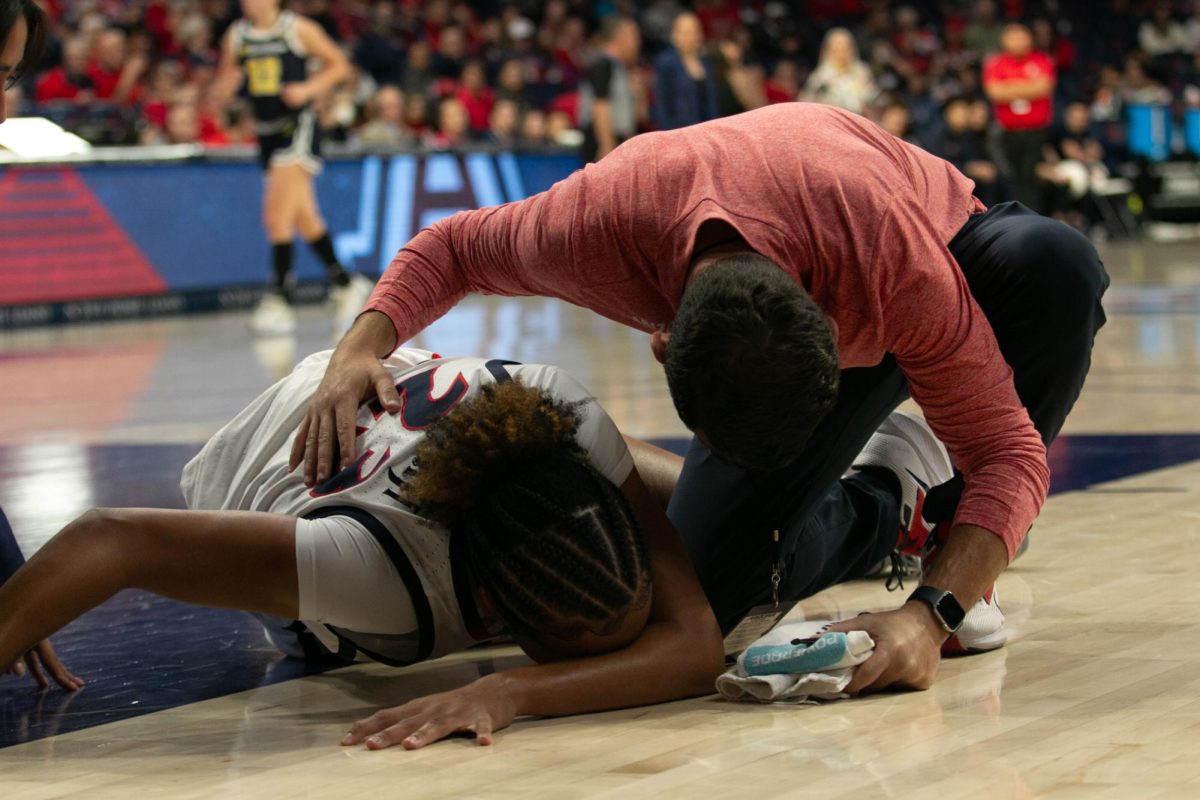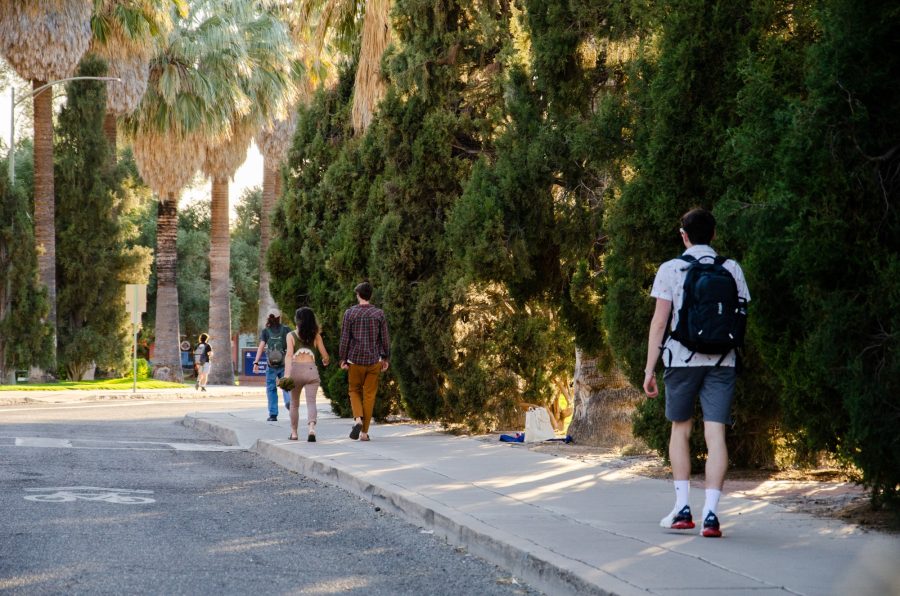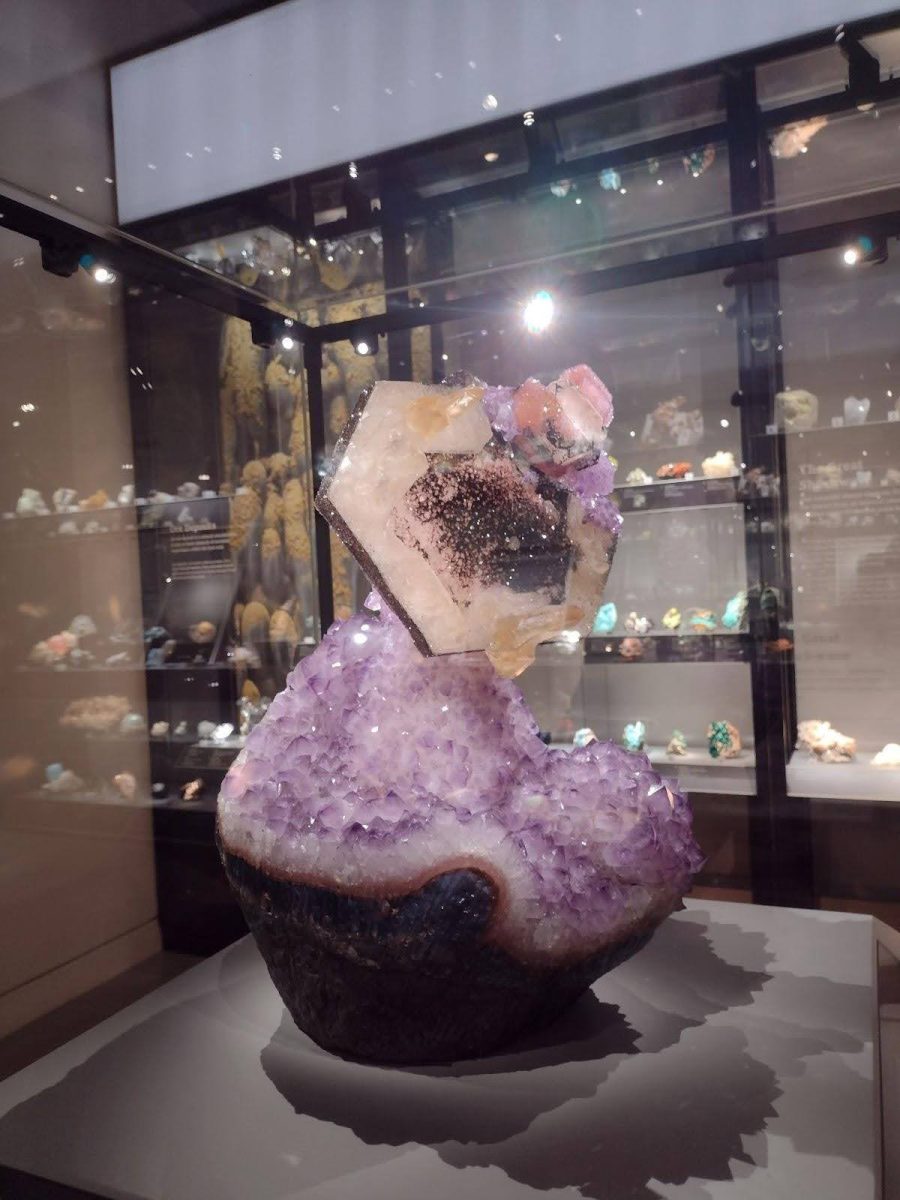Nearly three years after Proposition 207 legalized the adult-use of recreational marijuana, the University of Arizona has launched the Arizona Cannabis Education, otherwise known as AzCANN, an initiative to educate the public on the responsible uses of cannabis.
The Comprehensive Pain and Addiction Center’s new program, AzCANN, launched in March with a $1 million grant from the Arizona Department of Health Services.
Sean Cronin is the project manager for AzCANN, which is soon sponsoring an interprofessional training regarding cannabis in clinical settings and community service. Students from the UA, Arizona State University and Northern Arizona University will have this opportunity through the Center for Transformative Interprofessional Healthcare. Students from the following colleges are permitted to register for the training: Nursing, Medicine, Pharmacy, Public Health, Nutritional Sciences, Athletic Training and Dental Hygiene.
The first of these trainings will be held on Nov. 9 from 2-4 p.m., but a second session was added due to positive responses from the training introduction. The second presentation will be held on Nov. 17 from 1:30-3 p.m.
Cronin said the topics of discussion will include the epidemiology of cannabis, the risks and benefits of cannabis in medicine and how to reduce the stigma around cannabis as future practitioners.
Todd Vanderah is the director of CPAC and the department head of pharmacology at the UA College of Medicine. He has led a multitude of projects and presentations including a podcast discussing the cognitive and chemical dangers of marijuana along with its medical uses. To appeal to students, he also created a series of short videos that provide quick synopses of his most important points.
It can be a challenge to reach students considering the popularity of cannabis on college campuses, but Vanderah takes a careful approach.
“Our education is not to say you should or should not do things. That’s not the point,” Vanderah said. “I just want to empower individuals, so that there’s more information that they can read about what cannabis may or may not do.”
Cronin’s background in public health and community literacy helped him realize the most effective education methods.
“You’ve got to bring people to the table,” Cronin said. “As much as you can, find out what is on their mind, so that you can be in partnership with the people you are serving.”
“Rather than giving people a list of things to do,” Cronin said, “you want to say, ‘Hey what’s important to you and what information can motivate you?’”
Cronin said college students use marijuana for fun, excitement and making connections. Stress and mental health can be part of that picture as well, however, Cronin said that this period of pivotal brain development must be accompanied by a proper education, so that students can “take charge of their own health.”
During adolescent brain development, between the ages of about 12 and 25, Cronin said the brain is “pruning.” This means the brain is prioritizing pathways and establishing efficiency for what it needs to do. If the brain becomes dependent on drugs like cannabis, with high frequency and high dosages, the pruning process will be disrupted.
Vanderah laid out some of the potential dangers that cannabis ingestion may pose and continues to take initiative to inform the public on these as part of AzCANN.
For one, the increasing levels of THC being put into marijuana plants adds to the user’s cognitive impairment over time. According to Vanderah, the THC concentration that growers used 15 to 20 years ago amounted to about 4%. Today, that concentration typically ranges from 17% to 20% and beyond.
To disseminate the balanced approach of harms and benefits, Vanderah recently presented at several conferences, made visits to different community centers and conducted research on the effects of medical marijuana on certain demographics.
One CPAC study he described focused on women struggling with the pain and bone loss caused by metastatic breast cancer. The study concluded that using medical marijuana gave patients less bone deterioration, and therefore less pain. After the study, many women ditched their opioid remedies and requested to continue using cannabinoids for their recovery, according to Vanderah.
Vanderah said headache and migraine remedies are another big question. What is certain is that humans create their own endogenous cannabinoids — neurotransmitters that send signals between nerve cells — and that people who suffer from migraines typically have a deficit in those cannabinoids.
Vanderah and his colleagues are hoping to release a course for undergrad and graduate students called High Times: Cannabis in Science, Medicine and Society. While it awaits approval, the three faculty members who will teach the course are finalizing plans and carrying out the balanced method of harms and benefits as scientists studying cannabis themselves.
Both Cronin and Vanderah spent the first few months of AzCANN minimizing the stigma surrounding the use of cannabis and are continuing their efforts in educating the community.
“I would love to be able to tell the public a little bit more science, and the reality of what we do know, and so I’m hoping we can be a voice of truth out there,” Vanderah said.
Follow the Daily Wildcat on Instagram and Twitter (X)









